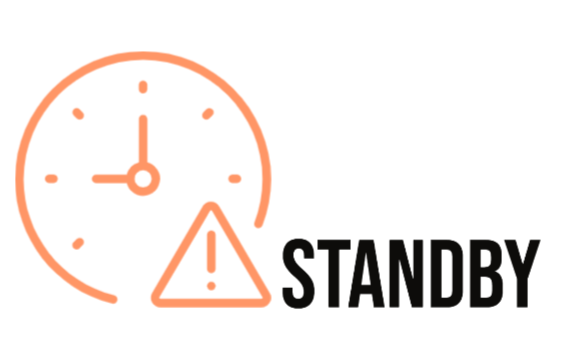Recovery Point Objective and Recovery Time Objective
Are you familiar with recovery time objective and recovery point objectives? These are really important factors when you’re planning your SQL Server backup strategy. First,… Read More »Recovery Point Objective and Recovery Time Objective









